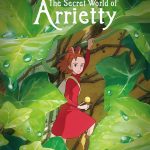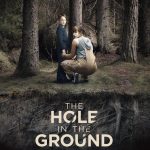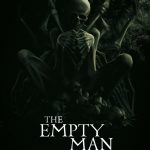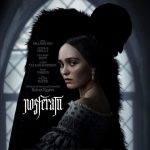Beautiful and the beast (2017)
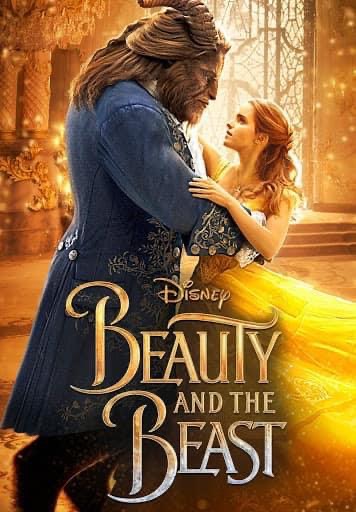
The 2017 live-action adaptation of Beauty and the Beast, directed by Bill Condon, brought Disney’s beloved animated classic to life with a blend of nostalgia and modern sensibility. Starring Emma Watson as Belle and Dan Stevens as the Beast, the film’s story closely follows the original 1991 animated movie, retaining its iconic songs by Alan Menken and Howard Ashman, with new music by Menken and lyricist Tim Rice. This version, however, expands on the characters’ backstories and motivations, adding layers to their development and relationship.
Suggested videos for you:
Visuals and Production Design
One of the most remarkable aspects of this adaptation is its stunning production design. The sets are grand and meticulous, transforming the Beast’s castle into a Gothic, mysterious wonderland that is both enchanting and foreboding. Condon and his team put immense effort into the visual details, ensuring that each set piece—from the lavish ballroom to the eerie West Wing—faithfully reflects the story’s mood. The village scenes, contrastingly, are lively and colorful, adding to the fairytale atmosphere.
Costume design by Jacqueline Durran plays a crucial role in bringing the characters to life. Belle’s iconic yellow dress is redesigned with a subtle twist that suits Emma Watson’s interpretation, and the Beast’s costumes are rich in detail, enhancing the royal yet tragic aura of the character.
The film also heavily relies on CGI, especially for the Beast and the castle’s enchanted objects. The Beast, portrayed by Stevens through motion capture, is a technically impressive creation, though some viewers found the CGI slightly overbearing in certain moments. The enchanted household items—such as Lumière, Cogsworth, Mrs. Potts, and Chip—are creatively animated and blend well with the live-action setting, albeit with a more realistic and muted look compared to the animated film.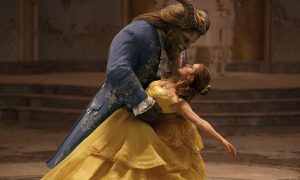
Story and Character Development
While the plot follows the animated version closely, there are slight modifications that add depth to the characters, particularly Belle and the Beast. Belle is portrayed as a strong, independent woman with a thirst for knowledge, which aligns well with Watson’s feminist views and adds a modern touch to the character. This Belle is more proactive, seeking to understand the curse and aiding the Beast in a way that makes her more than just a “damsel in distress.”
The Beast, in turn, is given a backstory involving his childhood and upbringing, which attempts to explain his initially harsh personality. These added layers allow for a more complex relationship between Belle and the Beast, making their eventual romance more believable and grounded. The Beast’s library scene, where he shares his love of literature with Belle, becomes a pivotal moment that strengthens their bond beyond surface-level attraction.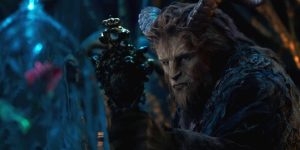
Musical Performances
The film retains the beloved songs from the original animated film, like “Belle,” “Be Our Guest,” and “Beauty and the Beast,” while adding new songs such as “Evermore,” sung by the Beast after he lets Belle go. This song serves as an emotional anchor, emphasizing the Beast’s inner turmoil and newfound love for Belle. Watson’s singing received mixed reviews, with some critics noting her performance as passable but lacking the vocal strength of a Broadway-style singer. However, her expressive acting compensates for these vocal limitations, bringing sincerity to the role.
Dan Stevens’ performance as the Beast is emotive and complex, even though his voice is digitally altered for parts of his singing, which can sound jarring at times. The supporting cast—including Ewan McGregor as Lumière, Ian McKellen as Cogsworth, and Emma Thompson as Mrs. Potts—adds humor and heart to the film. “Be Our Guest” is a vibrant, CGI-heavy sequence, designed to dazzle and replicate the animated film’s sense of wonder, though opinions on its success were divided.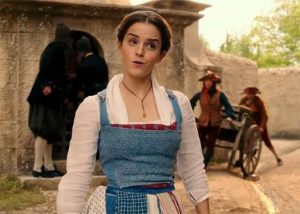
Themes and Adaptation Choices
The live-action Beauty and the Beast places emphasis on themes of inner beauty, redemption, and personal growth. It attempts to address the controversial “Stockholm Syndrome” aspect of Belle and the Beast’s relationship by showing her more as an active participant in their interactions, rather than a passive prisoner. Condon’s direction subtly alters the dynamics, presenting Belle as someone who chooses to stay out of compassion rather than obligation, making the romance feel more organic.
The film also subtly touches on themes of societal norms and acceptance, seen in Gaston’s (Luke Evans) vanity and intolerance. Josh Gad’s portrayal of LeFou adds a modern twist, as his character is given a small, progressive arc that acknowledges his admiration for Gaston and his own evolving self-awareness, though this was met with mixed reactions.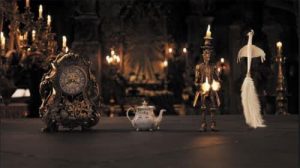
Reception and Legacy
Beauty and the Beast (2017) was largely successful at the box office, becoming one of the highest-grossing films of the year. Its faithful adherence to the original movie pleased many fans, though some critics argued that it relied too heavily on nostalgia without offering substantial innovation. The elaborate visuals, heartfelt performances, and timeless music were praised, yet others felt that the CGI-heavy approach diluted the magic and charm of the original animation.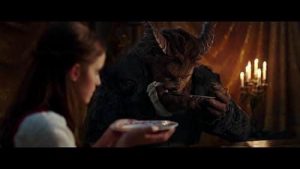
Conclusion
Overall, Beauty and the Beast (2017) succeeds in its primary goal of bringing a beloved animated classic to a new generation. While it may not surpass the original film’s timeless appeal, it is a well-crafted homage that enriches the characters and story with added depth and beautiful visuals. The film strikes a delicate balance between honoring the nostalgia of long-time fans and presenting a fresh, modernized take that feels relevant for contemporary audiences. Its place in the Disney live-action catalog remains significant, serving as a testament to Disney’s commitment to reinventing its classics for new eras while retaining the essence of its stories.
The 2017 live-action adaptation of Beauty and the Beast, directed by Bill Condon, brought Disney’s beloved animated classic to life with a blend of nostalgia and modern sensibility. Starring Emma Watson as Belle and Dan Stevens as the Beast, the film’s story closely follows the original 1991 animated movie, retaining its iconic songs by Alan Menken and Howard Ashman, with new music by Menken and lyricist Tim Rice. This version, however, expands on the characters’ backstories and motivations, adding layers to their development and relationship.
